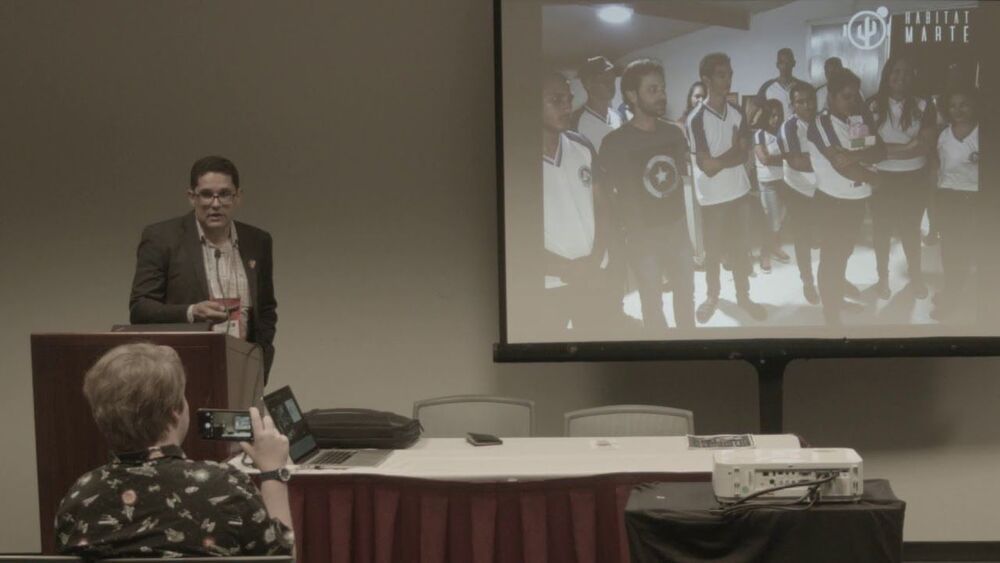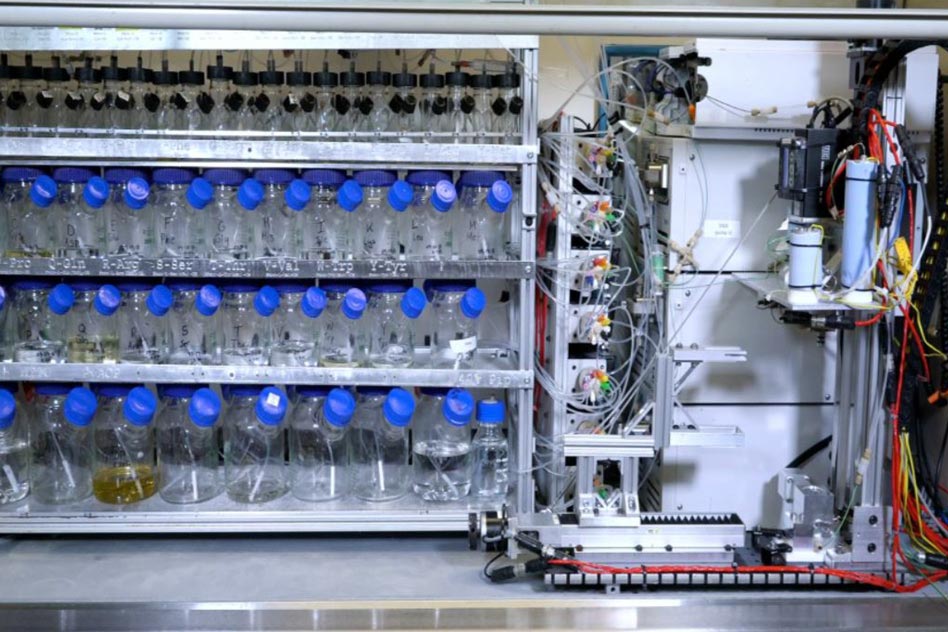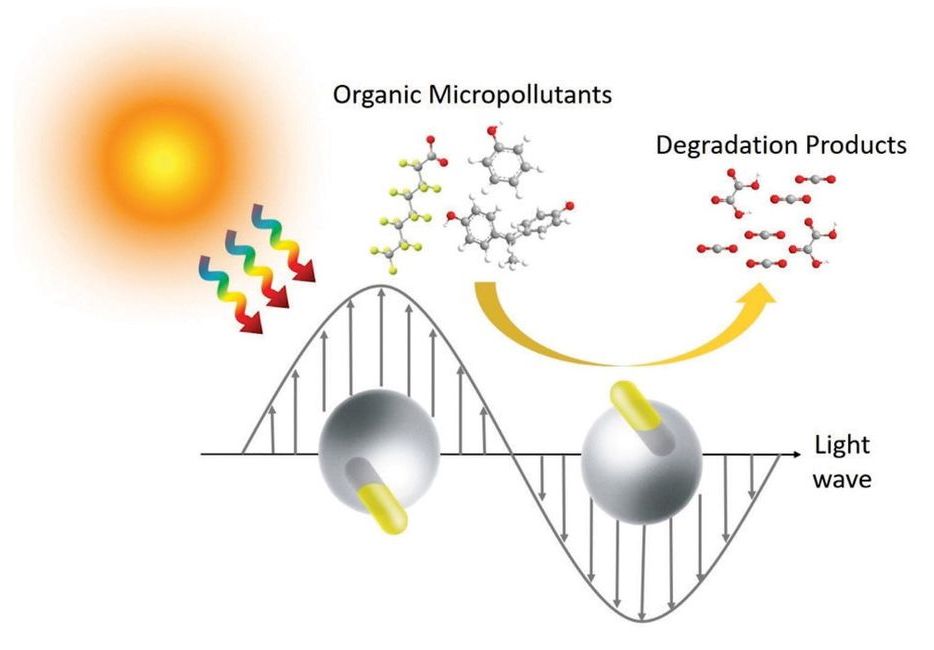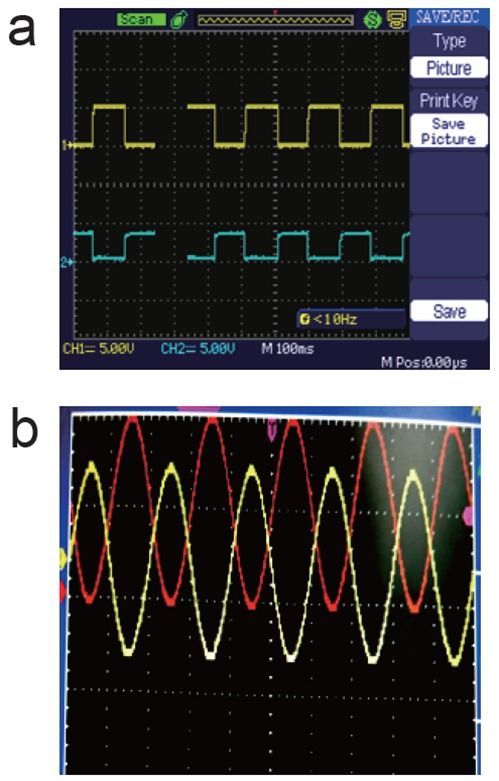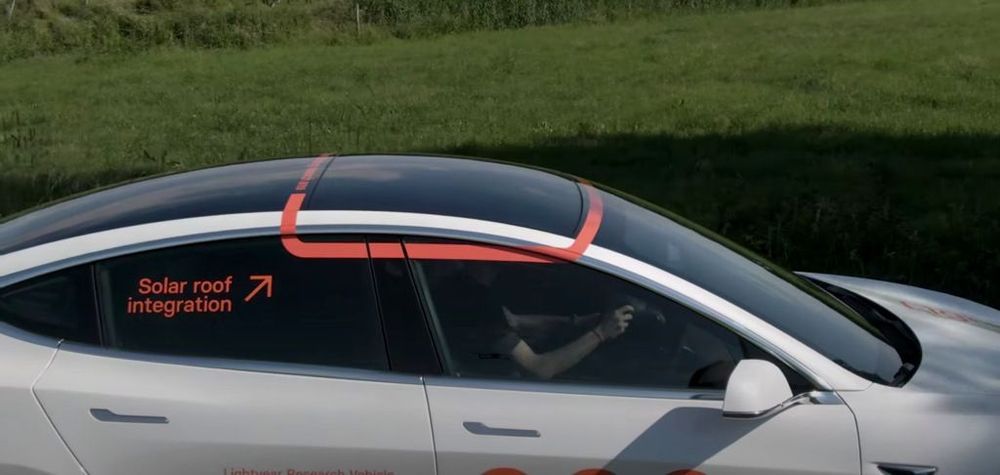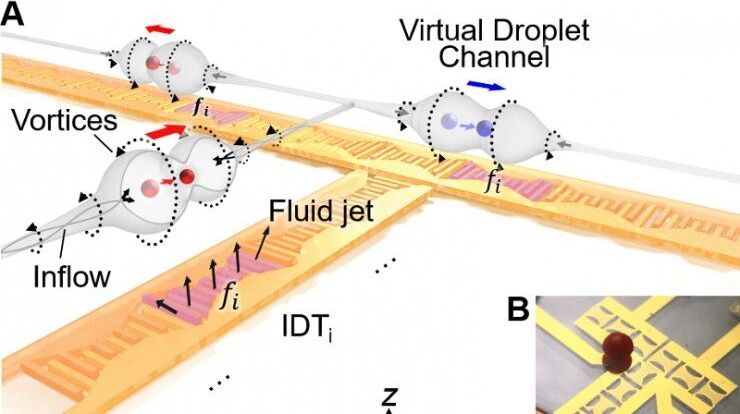There’s quite a bit of buzz these days about how humanity could become a “multiplanetary” species. This is understandable, considering that space agencies and aerospace companies from around the world are planning on conducting missions to low earth orbit (LEO), the moon, and Mars in the coming years, not to mention establishing a permanent human presence there and beyond.
To do this, humanity needs to develop the necessary strategies for sustainable living in hostile environments and enclosed spaces. To prepare humans for this kind of experience, groups like Habitat Marte (Mars Habitat) and others are dedicated to conducting simulated missions in analog environments. The lessons learned will not only prepare people to live and work in space but foster ideas for sustainable living here on Earth.
Habitat Marte was founded in 2017 by Julio Francisco Dantas de Rezende, the professor of sustainability in the Department of Product Engineering at the Federal University of Rio Grande do Norte (UFRN) and the director of innovation with the Research Support Foundation (FAPERN). He is also the coordinator of Habitat Marte and Mars Society Brazil.
